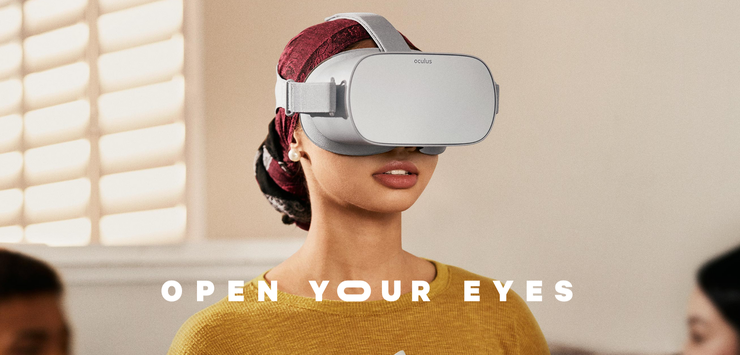 Credit: Facebook
Credit: Facebook
While VR continues to grow in popularity, it’s still yet to have that breakthrough moment. That instance where the hardware and software involved coalesce, overcoming their consumer-points and ushering in something akin to the future depicted in Ready Player One.
Standalone VR headsets like Facebook’s new Oculus Go might not be the products that necessarily create that breakthrough. However, they might just be the ones that get us to the place where that breakthrough can be made possible by something else.
We spoke to a Facebook’s Jason Juma-Ross, APAC Tech & Telecom Strategy about the company’s strategy surrounding the new headset. Here are our key takeaways from the chat.
Facebook see VR as the next big media format
Jason says that “For us, I think it’s a quite simple extension of where communication has been going in the last fifteen years of digital.”
“We started off with this communication picture in the world where people were using text only to describe their experiences and communicate with people and quite quickly that became a very visual medium and Facebook became a repository for photographic images.”
He says that “right now, we’re right in the middle of this shift towards video. All sorts of different types of video formats are becoming important to people’s experiences and sharing from Instagram video in your feed to the full-format stories videos to live video to 360.”
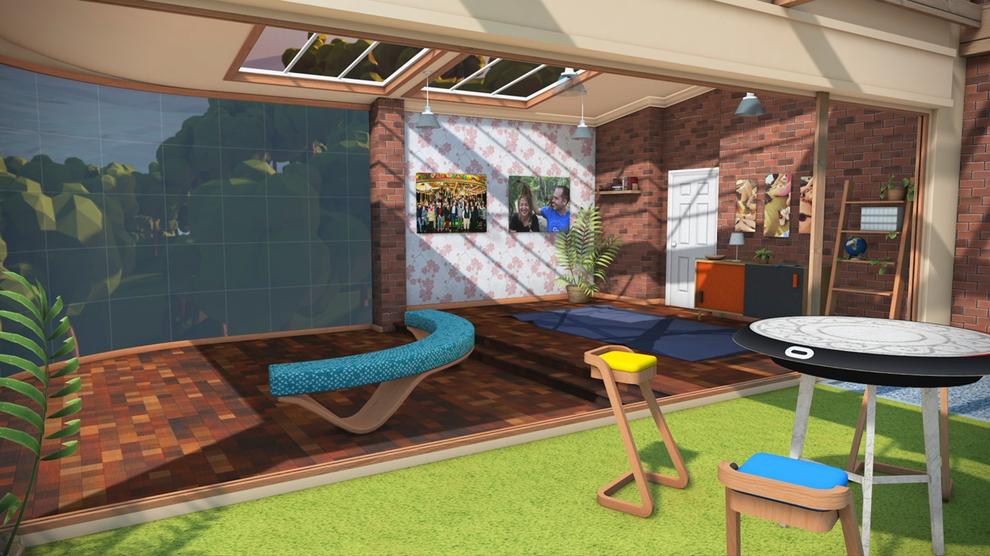 Credit: Facebook
Credit: Facebook “Of course, the way that we see the next extension of that is virtual reality. You get to share your experience in a much lower-friction way because the whole environment is there to share and you can kind-of walk around in that environment.”
Oculus Go isn’t going to replace Gear VR
Up until now, the roadmap for VR devices has consisted of two form-factors.
On one end of the spectrum, you’ve got the high-fidelity headsets (connected to a PC) like the Oculus Rift, which support more advanced motion and room scale tracking. Then, at the other end of things, you’ve got smartphone-based headsets like the Samsung Gear VR, which are more-portable and come with a lower cost-of-ownership.
Jason says “that did work, to a degree, but also we found that there were limitations to that experience. Not everyone has the right phone. People want to use their phone independently. We found that people would plug their phone into the headset and it would want to do software update or they’d get notification or somebody would try to call you.”
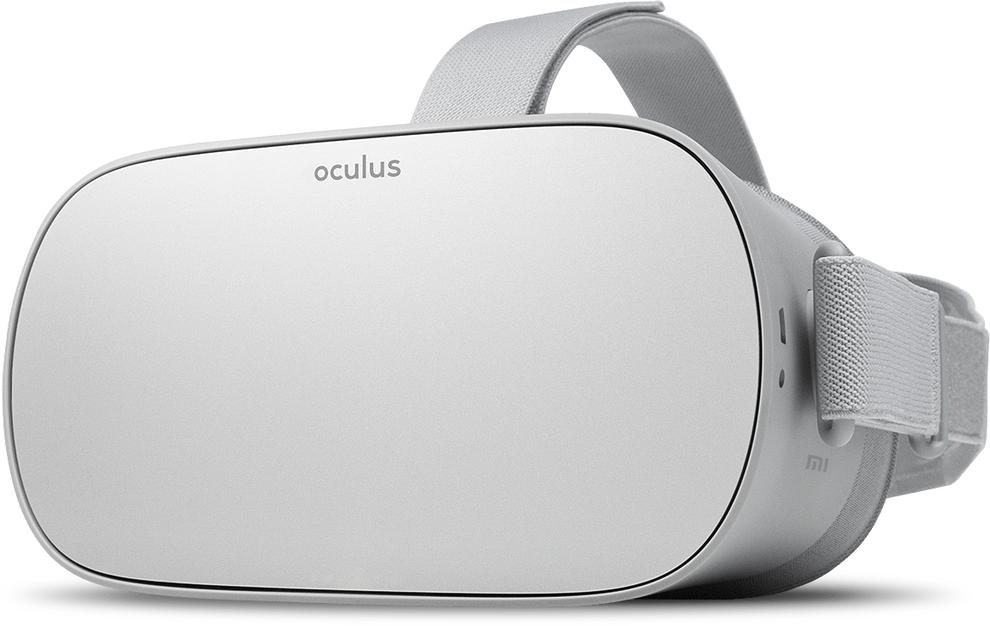 Credit: Facebook
Credit: Facebook He says that all this market feedback informed the company’s decision to invest in developing a new class of VR headset that sits between the two ends of the current ecosystem.
The baseline Oculus Go features a 538ppi 2560 x 1440 WQHD, fast-switch LCD display, 32 GB of on-board storage, built-in spatial audio and an integrated microphone. A 64GB variant is also available.
The headphones on the Oculus Rift had to be completely rethought for the Go
During our chat, Jason revealed that a lot of the design assumptions underpinning the VR experience offered by the Oculus Rift had to be rethought or reconfigured to suit the Go’s more-portable form-factor.
He says “We wanted it to be super-comfortable and easy-to-use.”
“Some of that means that you can’t have the hard straps you have on a Rift. The audio system on a Rift works really well but part of the constraints around that is that you’ve got to have the hard straps and the setup - but we wanted to have something that you could compress and throw into a bag and that would be a lot more flexible. We had to work around the straps and the headset and the sound and how that sound gets communicated.”
More people are using VR video than you think
While Facebook do brandish the fact that the Oculus Go “launched with over 1000 VR apps and titles”, Jason says that they’re expecting VR video users to outweighed gamers on the new platform.
“When we looked at uses and what we learned from things like the Gear VR, we found that there were a high proportion of users using these devices for VR video content and a much lower proportion of what we expected just using it to play games.”
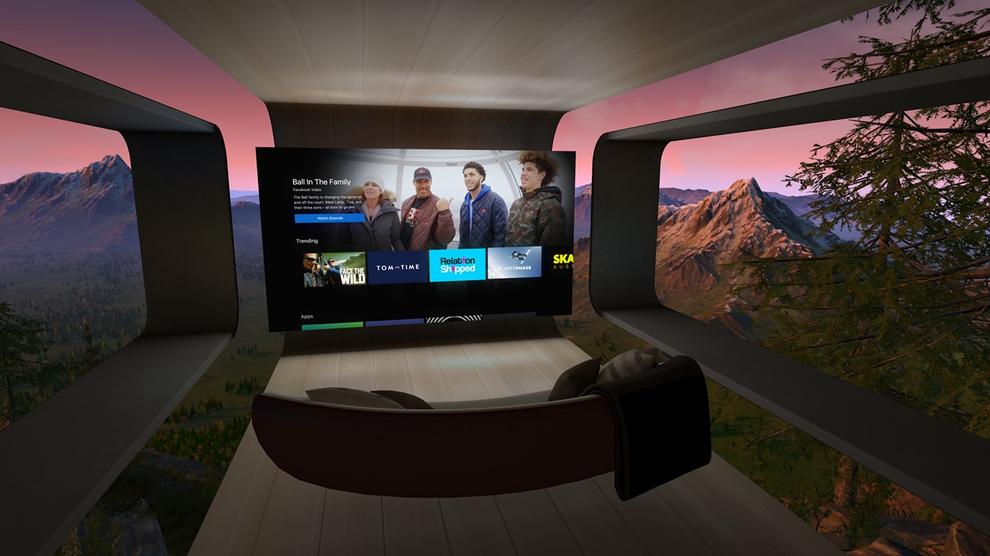 Credit: Facebook
Credit: Facebook He notes this “may be a slightly-different profile to the Rift but it was certainly a very, very different profile to what we expected from the history of experience in PC gaming and console gaming and all of those formats.”
“We think that [standalone VR] is a very different thing” - and are looking to invest in enriching that experience through new apps like Oculus TV to capitalise on that.
Launched several weeks ago, Jason says that Oculus TV allows users are able to enter into virtual environment and watch TV content on a screen much larger than any TV you could ever physically own in the real world.
[Related Content: HTC Vive Pro review: More luxury than landmark]
What’s more, they’re not just watching video content alone. Facebook recently launched a new feature called “Watch Parties” - which allows users to come together to watch video content.
VR could make the future of gaming look a lot like the past
Of course, Watch Parties are just the start. It shouldn’t surprise anyone to learn that Facebook sees the future of VR as an intrinsically social experience. An exploration into this interplay, the Oculus Go is also a pilot for a new VR gaming experience called Rooms.
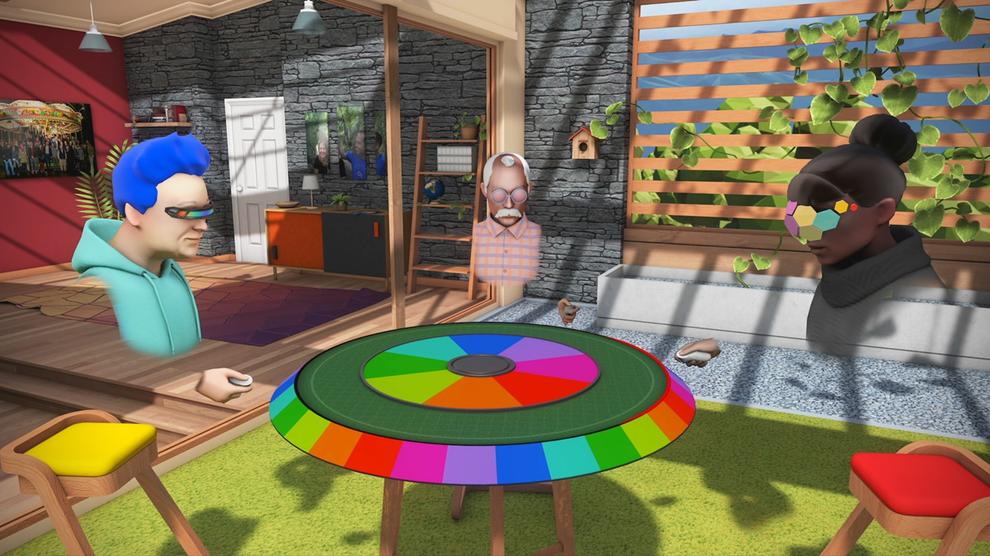 Credit: Facebook
Credit: Facebook The idea here is that you (and a number of your friends) are able to co-inhabit a virtual space and play board games together. Jason says that a partnership with Hasbro has seen Boggle come to Oculus Rooms earlier this year, with VR versions of Monopoly and Trivial Pursuit also on the way.
“We would anticipate that this is going to be a genre of games that developers would want to build into because it's a great use case for these devices in particular.”
“The thinking around this is that the console gaming genres are highly, highly immersive but they’re not very good for having a conversation with people over. What do you do when you have your friends and family over at Christmas or Thanksgiving or whatever? You play Charades. It’s a sort of low-impact gaming experience that you can have a conversation around.”
Live entertainment + VR = Oculus Venues
The third pillar of the VR content consumption experience that Oculus Go is aiming to tap comes in a live format.
Jason says that “a lot of the content that we all love to consume is live content at a stadium or a venue where there’s a group event.”
He says they launched Oculus Venues to try and emulate this experience in VR. Users are able to enter a virtual stadium, broken into subdivisions called shards. Jason says each shard seats about 250 people.
Conceptually and in practice, this aspect of Facebook’s VR ventures is the easiest to imagine taking off in a more mainstream way.
With the fidelity, convenience and affordability of VR experiences increasing as quickly as it is, is it really that difficult to imagine a world where VR access to live events becomes a secondary revenue stream for venues? A way for those unable to physically attend live events for reasons logistical, financial or medical to still participate and attend these kinds of entertainment?
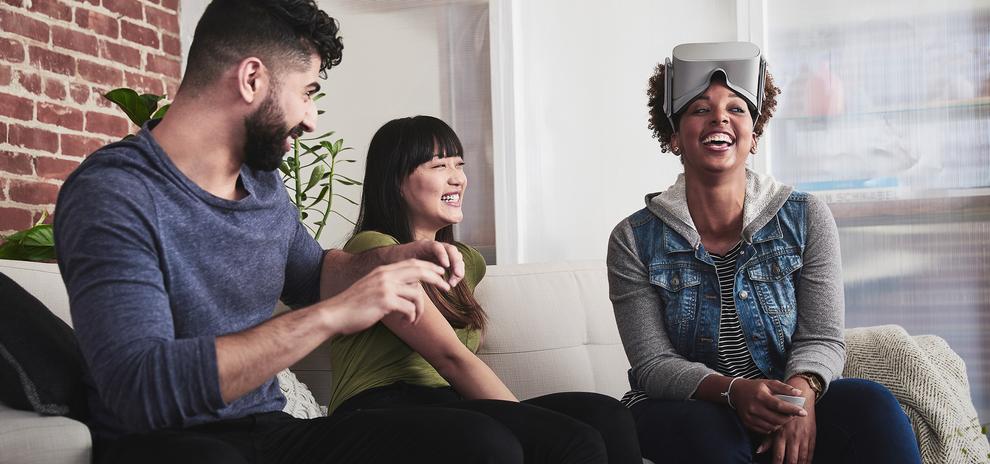 Credit: Facebook
Credit: Facebook Jason says that the first local Oculus Venues event - a recent Vance Joy concert - took place several weeks ago.
“That was really interesting because 1) the experience of you being there seeing the concert was incredible and 2) because you could talk to people in that environment.”
“If you think about the complexities of us allowing you to talk to people in that environment, it’s that I’ve got to talk to you and you’ve got to hear me but you don’t want to hear the other 248 people who are sitting in the shard. The audio stream gets sent up server-side and then remixed and piped back down to you in super low-latency time so that you and I are hearing that conversation.”
Jason says that this audio remixing works so well that the VR audience for the concert were even able to sing along.
Facebook’s role in curating the Oculus Store
Recent years have seen increased pressure mounted upon digital distribution platform-holders like Valve to play a more active role in content curation and Facebook themselves have a sworded-past when it comes to the curation of their own news feed.
As the owner of Oculus, there’s a strong case that Facebook has certain responsibilities when it comes to distribution and curation of what the VR content being displayed and distributed on the front-page of the Oculus Store looks like.
With that in mind, we asked Jason whether Facebook has considered how it’ll be approaching this task.
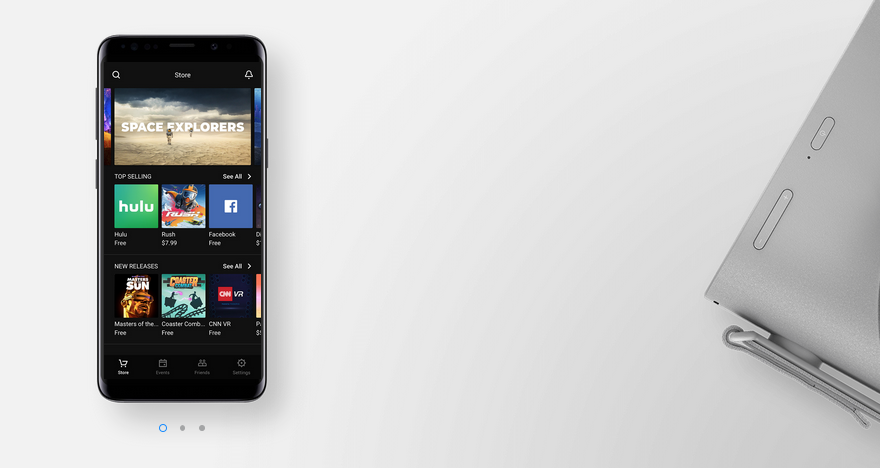 Credit: Facebook
Credit: Facebook He says that “obviously, we want to provide a platform that encourages creativity and lots of generation of content across multiple distributors and across multiple streams of content.”
“In addition to things like gaming and the entertainment and the social there are also branded content and other things that different players of that ecosystem will want to develop. So you want to provide a space for all those things.”
He says “we have not got to the point yet where that has become a challenge but obviously we’re thinking through in the roadmap how we will approach that as it does.”
When asked whether that approach would look like a dedicated community team or algorithms, Jason’s answer was as firm as it was vague.
“I’ve no doubt it’ll be a combination of all those things,” he said.
The Oculus Go is available now online at a $319 AUD price point.

















